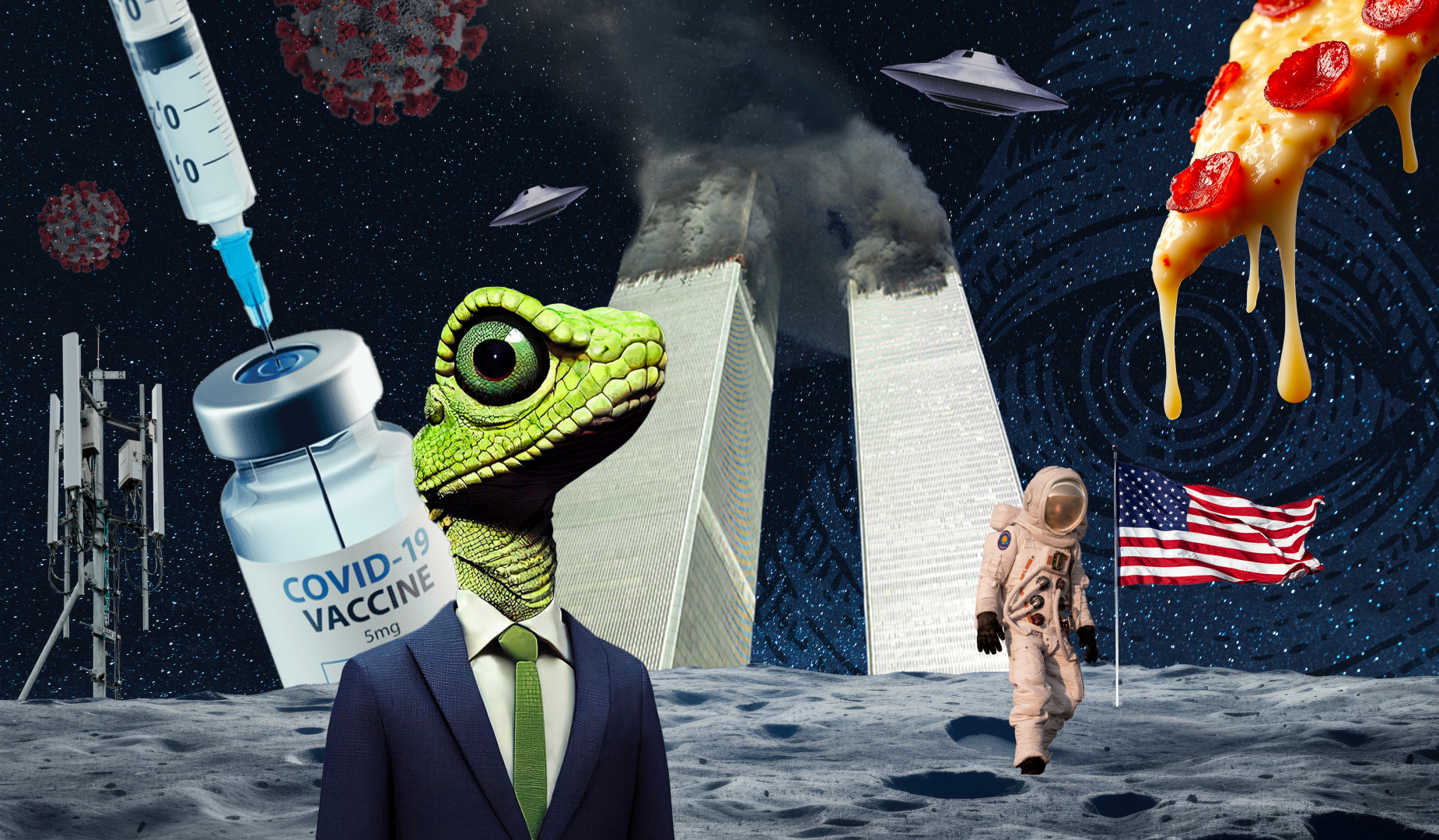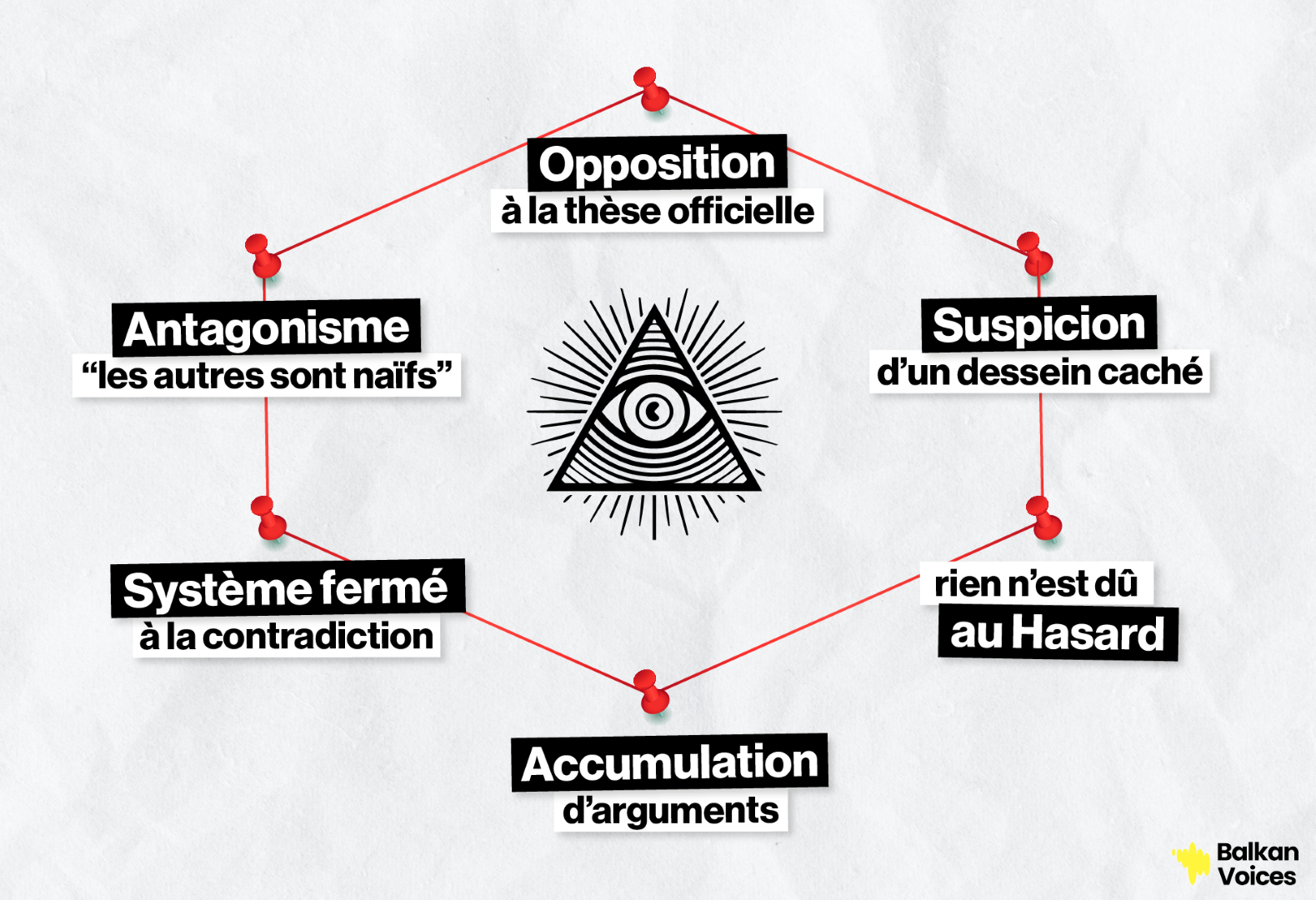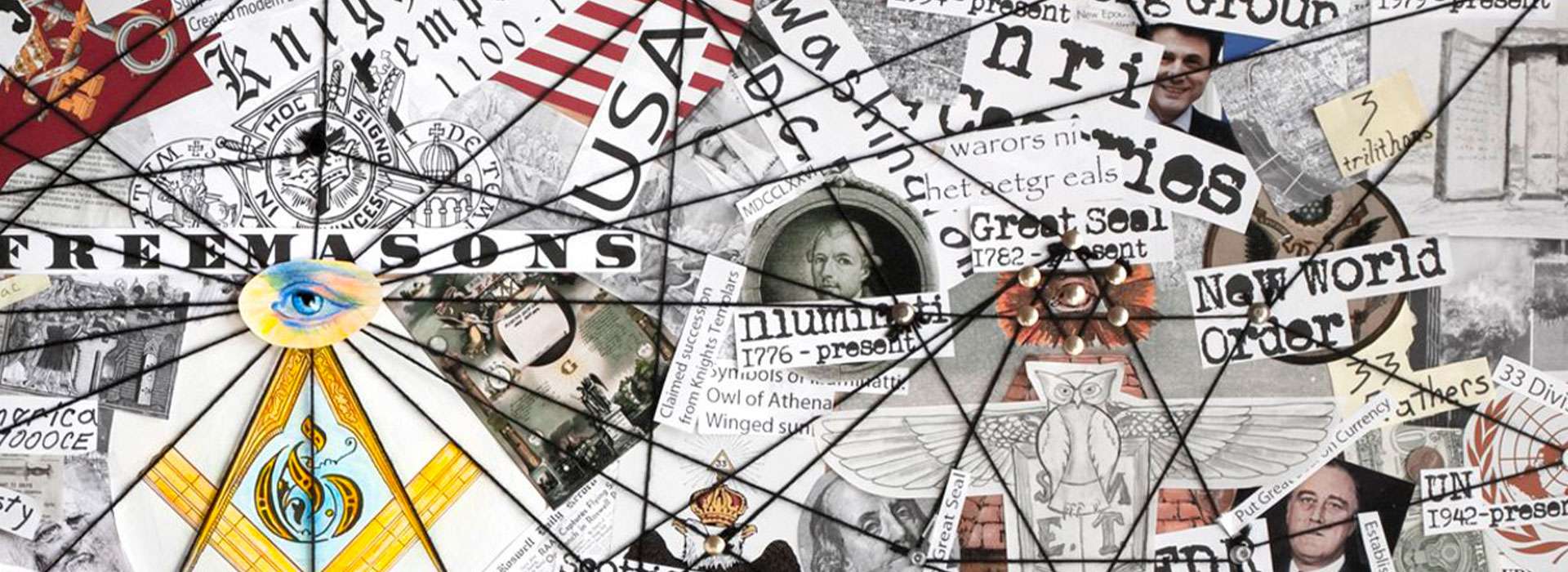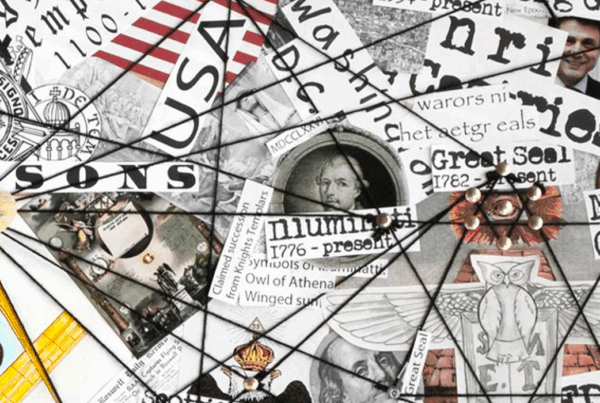They circulate everywhere, especially online. They claim to reveal the truth that “the powerful” are trying to hide. They challenge official versions, appealing to common sense or “alternative” logic. But what exactly is a conspiracy theory? And how can you tell the difference between legitimate doubt… and a worldview trapped by suspicion?
A Hidden Explanation Behind Appearances
A conspiracy theory offers a secret reading of events. Where others see an accident, a health crisis, or a simple news item, it suspects a hidden plan, crafted by a powerful organization — often political, financial, or media-related. It claims that the truth is deliberately concealed from the public, and that one must “open their eyes” to understand what is truly happening.
We therefore distinguish conspiracy theory from:
- rumor, which is unverified information circulating without necessarily accusing a specific group;
- and fake news, which is false information, sometimes created intentionally, but not necessarily based on a global explanatory system.
Conspiracy theories, on the other hand, tell a coherent and global story, in which powerful forces act in the shadows to manipulate the world.
Researcher Michael Barkun distinguishes three types of conspiracy theories, based on their scope:
- Event conspiracies
They seek to explain a single event or a specific set of events.
👉 Example: Theories claiming NASA faked the 1969 moon landing images. - Systemic conspiracies
They assume that a secret organization seeks to take control of a country or the entire world, by infiltrating institutions.
👉 Example: The idea that a “New World Order” is manipulating governments and media.
Superconspiracies
These theories interweave multiple conspiracies at different levels, forming a complete worldview. At the top sits an all-powerful, invisible force pulling all the strings.
👉 Example: Narratives that combine Big Pharma, aliens, satanic elites, and mass manipulation into a single narrative framework.

Common Threads in Conspiracy Theories
Even though the topics vary (epidemics, attacks, technologies, geopolitics…), we often find the same ingredients.
Rejection of the Official Version
It often starts with questioning the explanation provided by authorities, scientists, or the media. The public version is deemed suspicious, incomplete, or even deceitful. This distrust is the starting point of the theory.
👉 Example: Some claim that the 9/11 attacks were not carried out by Al-Qaeda, but orchestrated internally by the U.S. government to justify a war.
A Secret Organization Accused of Controlling Everything
Conspiracy theorists generally imagine that a powerful group acts in the shadows to serve its interests: governments, billionaires, pharmaceutical industries, global elites… This group is said to manipulate events, media, and even science itself.
👉 Example: During the Covid-19 pandemic, some theories accused Bill Gates of creating the virus to sell vaccines or implant microchips in the population.
Nothing Is Left to Chance
An innocuous detail, a coincidence, a misinterpreted image: everything becomes evidence of manipulation. In conspiracy theories, there is never any coincidence; everything is connected, often forcibly.
👉 Example: Some believe that the white trails left by airplanes (known as “chemtrails”) are not water vapor, but chemicals dispersed by governments to control minds.
An Accumulation of Biased “Evidence”
Facts that confirm the theory are highlighted, even if they have no direct link to each other. Elements that might contradict it are ignored or discredited. This selective filtering creates an impression of coherence… but it is often circular reasoning.
👉 Example: If a source denies a theory, it will be said to be “proof” that it is complicit. The more you refute, the more you fuel suspicion.
Inverted Doubt
Another characteristic: it is no longer up to the person making a claim to prove it, but up to the person who doesn’t believe it to demonstrate that the theory is false. This inversion of doubt renders debates sterile: no matter what you say, suspicion prevails.
Antagonism and Sense of Superiority
Finally, many conspiratorial discourses flatter the ego: those who “see clearly” are supposedly more lucid than the “manipulated” majority. This distinction creates a sense of belonging to an enlightened group… and isolates those who engage in it within a logic of permanent distrust.
👉 Example: The slogan “wake up!” frequently appears in conspiratorial publications. It suggests that only those who believe the theory have understood how the world “really” works.

Key Takeaways
A conspiracy theory:
- claims to reveal a deliberately hidden truth,
- relies on a logic of generalized manipulation,
- rejects contradiction or methodical doubt,
- creates a sense of superiority among its believers.
Sources: https://theoriesducomplot.be/






